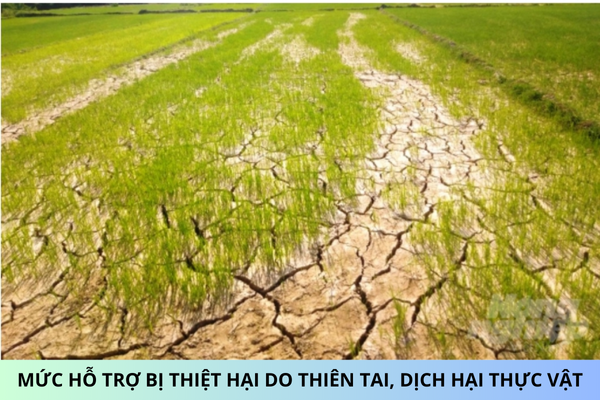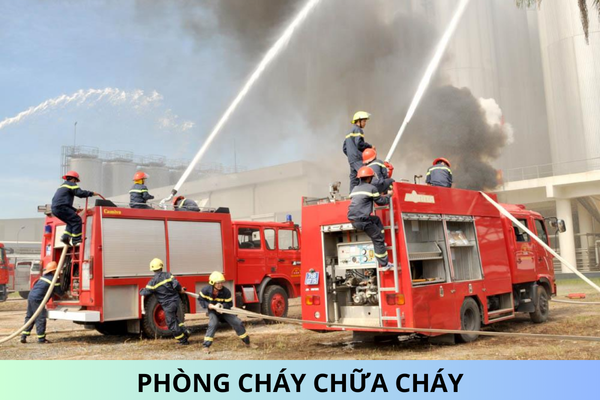What are grounds for analyzing and evaluating the current status of cold air in Vietnam?
What are grounds for analyzing and evaluating the current status of cold air in Vietnam? How many hours in advance shall the analysis and forecast, cold air warning in Vietnam be made?
What are grounds for analyzing and evaluating the current status of cold air in Vietnam?
Pursuant to Clause 2 Article 17 of the Circular 41/2016/TT-BTNMT stipulating grounds for analyzing and evaluating the current status of cold air in Vietnam as follows:
(1) Analysis of cold air on synovial maps (maps of Eurasia and maps of the East Sea). Evaluate the activity of cold air in the last 24 hours and the ability of cold air mass to penetrate into our country before 48 hours and before 24 hours;
(2) Analysis of cold air on numerical products: Consider how long or when the movement of a closed high pressure center or high pressure blade with dense isobaric lines affects the boundary the North of our country, thereby giving appropriate forecast terms;
(3) Monitor and identify cold air on spectral channels of satellite cloud images: South China or Sichuan region (China), in the range from 23 north latitude to 30 north latitude. Clouds accompanied by precipitation are distributed along the latitude and tend to move south.
How many hours in advance shall the analysis and forecast, cold air warning in Vietnam be made?
Pursuant to Clause 3 Article 17 of the Circular 41/2016/TT-BTNMT stipulating the analysis and forecast, cold air warning in Vietnam as follows:
3. Implement cold air forecast and warning plans
a) The options commonly used in forecasting and warning of cold air and associated dangerous phenomena include:
a1) Analysis, forecast, and warning of cold air, severe cold, harmful cold, frost, and hoarfrost on the basis of a system of forecast criteria 48 hours in advance, 24 hours in advance and 12 hours in advance;
a2) Analysis, forecast, and warning of cold air, extreme cold, harmful cold, frost, and hoarfrost on the basis of numerical products;
a3) Plans for forecasting and warning of large-scale heavy rain events shall comply with the provisions of Clause 3, Article 8 of this Circular.
a4) Plans for forecasting and warning of accompanying large wave phenomena shall comply with the provisions of Clause 3, Article 32 of this Circular.
b) Cold air forecast and warning plans are used in the national hydrometeorological forecast and warning system as prescribed by the National Hydrometeorological Center.
c) Based on specific conditions, organizations and individuals engaged in forecasting and warning activities that are not part of the national hydro-meteorological forecasting and warning system shall themselves prescribe the use of forecasting and warning plans. report accordingly.
Therefore, analysis and forecast, cold air warning shall be based on the basis of a system of forecast criteria 48 hours in advance, 24 hours in advance and 12 hours in advance.
What is the time frame for the cold air forecast and warning bulletins in Vietnam?
Pursuant to Article 18 of the Circular 41/2016/TT-BTNMT stipulating the frequency and time of issuing the cold air bulletins as follows:
Frequency and timing of issuance of cold air bulletins
1. National hydrometeorological forecasting and warning system: Cold air forecast and warning shall be included in at least 04 bulletins per day at 4:30, 10:00, 15:30 and 21:30.
2. Organizations and individuals engaged in forecasting and warning activities that are not part of the national hydro-meteorological forecast and warning system shall decide by themselves the frequency and time of issuing cold air forecast and warning bulletins in order to be suitable for their actual conditions.
From the above regulation, in the national hydrometeorological forecast and warning system, cold air forecast and warning shall be included in at least 04 bulletins per day at 4:30, 10:00, 15:30 and 21:30.
Best regards!











